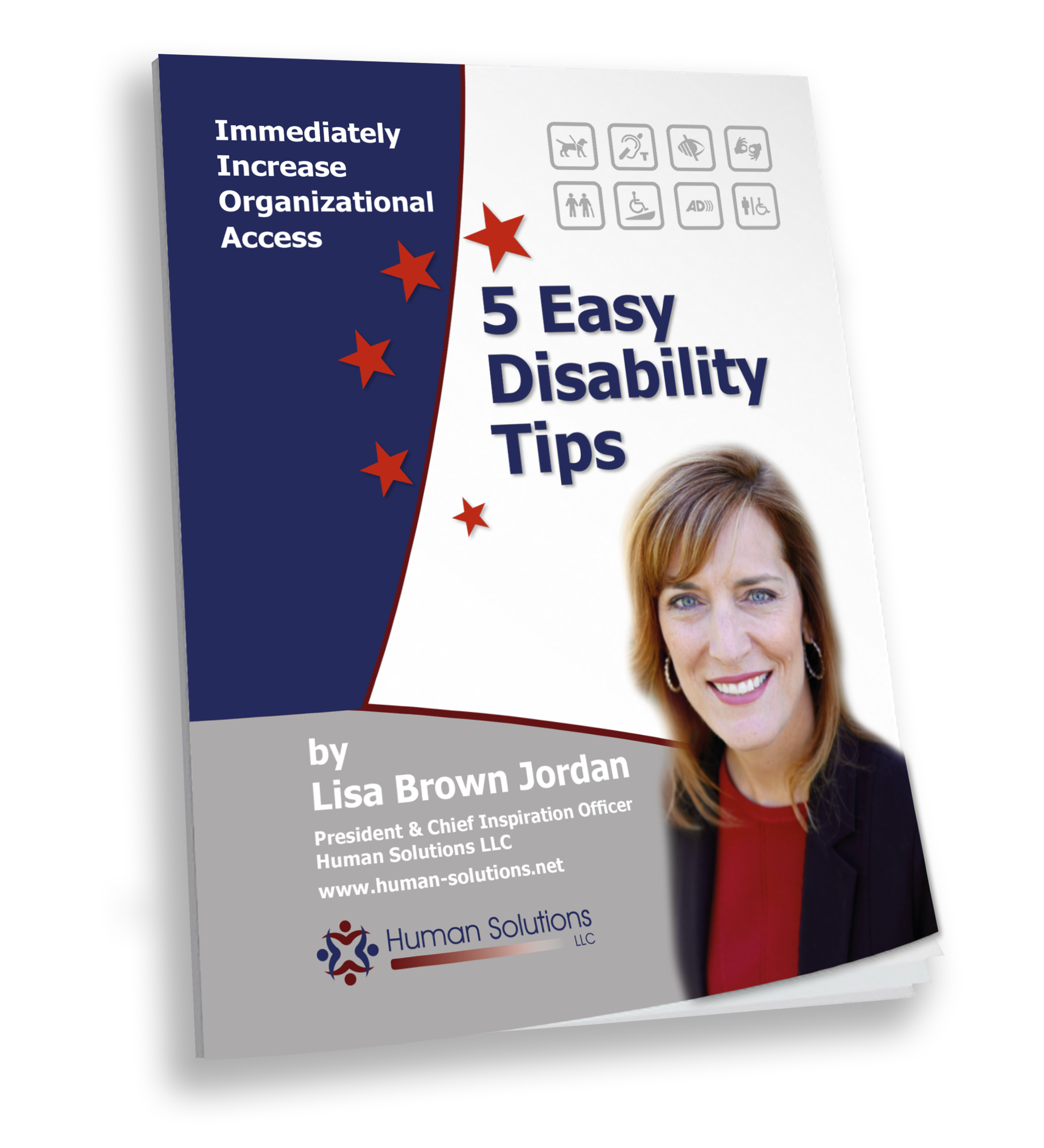One of the first marketing basics we learn is putting yourself in the shoes of your target audience. This is called the WIIFM factor or the “What’s In It for Me Factor.” More than knowing about you and your organization, businesses want to know how you can benefit their bottom line. Will you give them what they’re looking for? Will you save them time or money? Can you help them solve a problem? What’s the value that you can provide? And, most importantly, how can you impact their bottom line? Unless you can address these things, your businesses might feel that their time with you is not being used productively.
According to focus group discussions held at the Institute for Community Inclusion and the Boston College Center for Work and Family, there were three broad categories that encouraged businesses to hire people with disabilities: 1) Benefits that directly relate to business objectives; 2) Benefits that indirectly relate to business objectives; and 3) Social corporate responsibility. Two of the categories included concrete benefits for the company.
The first benefits were those directly related to business objectives (e.g. hiring people with disabilities meets the organization’s personnel needs by filling vacancies). Then, there were benefits indirectly related to business objectives (e.g. hiring individuals with disabilities benefits a company’s long-term viability and profitability by enhancing the corporate image and demonstrating a commitment to the community).
Social corporate responsibility was the third category; businesses hire persons with disabilities because it’s “the right thing to do.” But, of these three reasons, this seemed the least powerful in moving upper management. In fact, by leading with ‘it’s the right thing to do,” you may be sending a message to a business that they are currently doing things the wrong way!While it is recommended that you lead with a job seeker’s skills and abilities first, what do you do if a business has questions about hiring a job seeker with a disability? The answer: focus on a concrete WIIFM strategy. Businesses understand profits and markets, so let’s start there.
Consider the following example:
What’s in it for you? A significant chunk of the consumer market with spending power and market influence.
- Persons with disabilities (PWD) comprise over 19% of the general population! This doesn’t even include their families. Across the country, they are statistically considered one of the largest minority group. When you ignore persons with disabilities, you ignore a huge potential market!
- This significant chunk of the population has spending power! Here are the facts: Approximately 73% of PWD are head of households, 53% own their homes, and 48% are principal shoppers. Combined, they have over $200 billion in discretionary spending!
- Hiring PWDs translates to positive market influence. Caregivers or persons with disabilities make decisions on services or goods based upon how businesses accommodate the family member. If they know you hire PWDs, you already have 19% of the population at least looking favorably at you!
- How about the other 79% of the population? A recent consumer survey showed that 92% of the general population favor businesses that hire PWDs, with 87% preferring to do business with them!
- And if that’s not significant enough, consider this: there’s an extensive word of mouth presence within the disability community, with products and services commonly referred between individuals. Once someone sees the value of your services, it’s like marketing to three more!
Becoming the supplier of choice by employing persons with disabilities can equate to positive business results. Part of your job as a staffing specialist is to make ensure a great fit between the job seeker and the business. Observing the WIIFM factor when working with your businesses is a win-win-win for everyone involved. Plus, you’ll be better equipped, saving you a significant amount of time and energy.

Leave a Reply